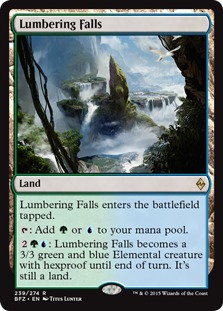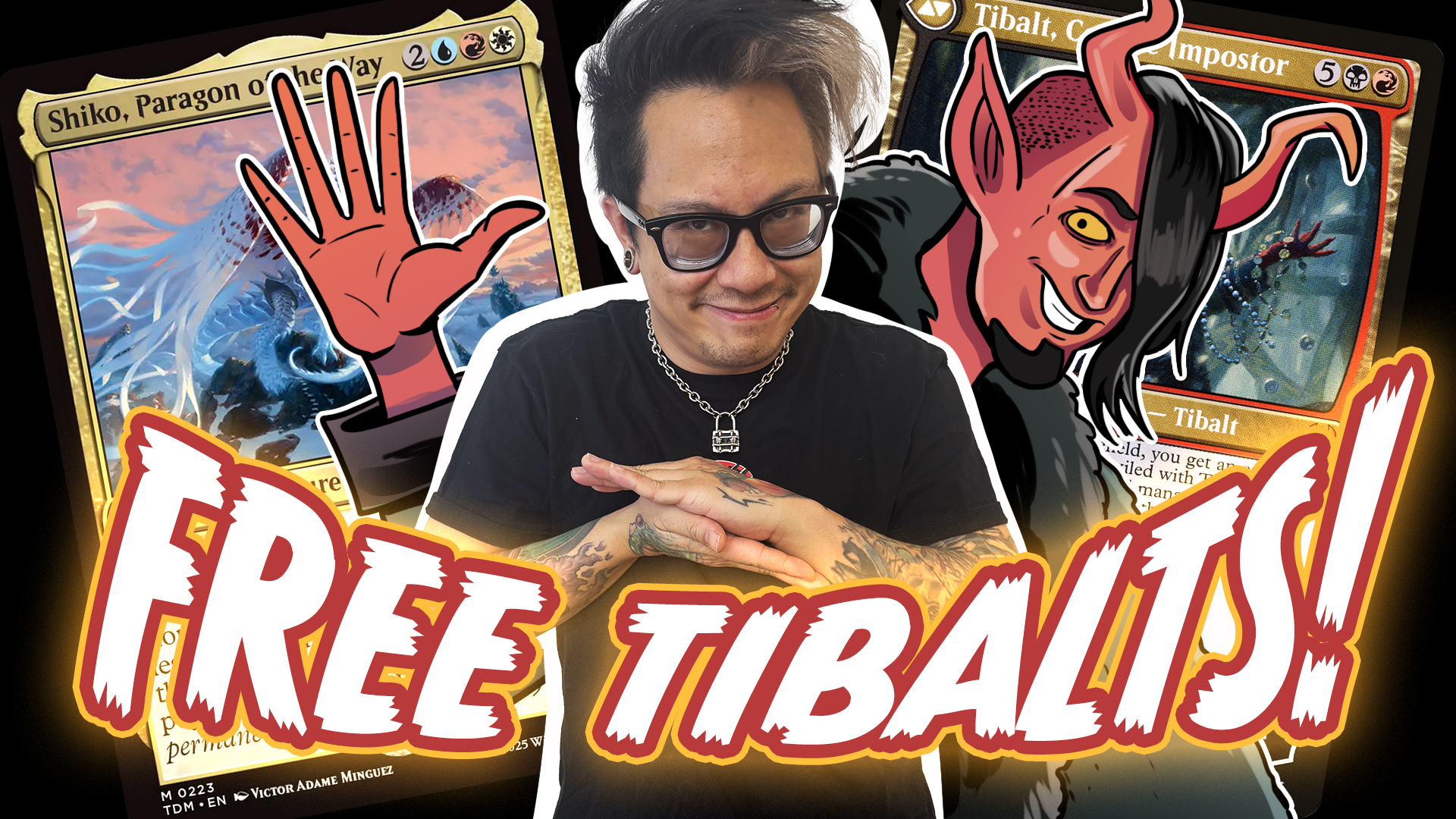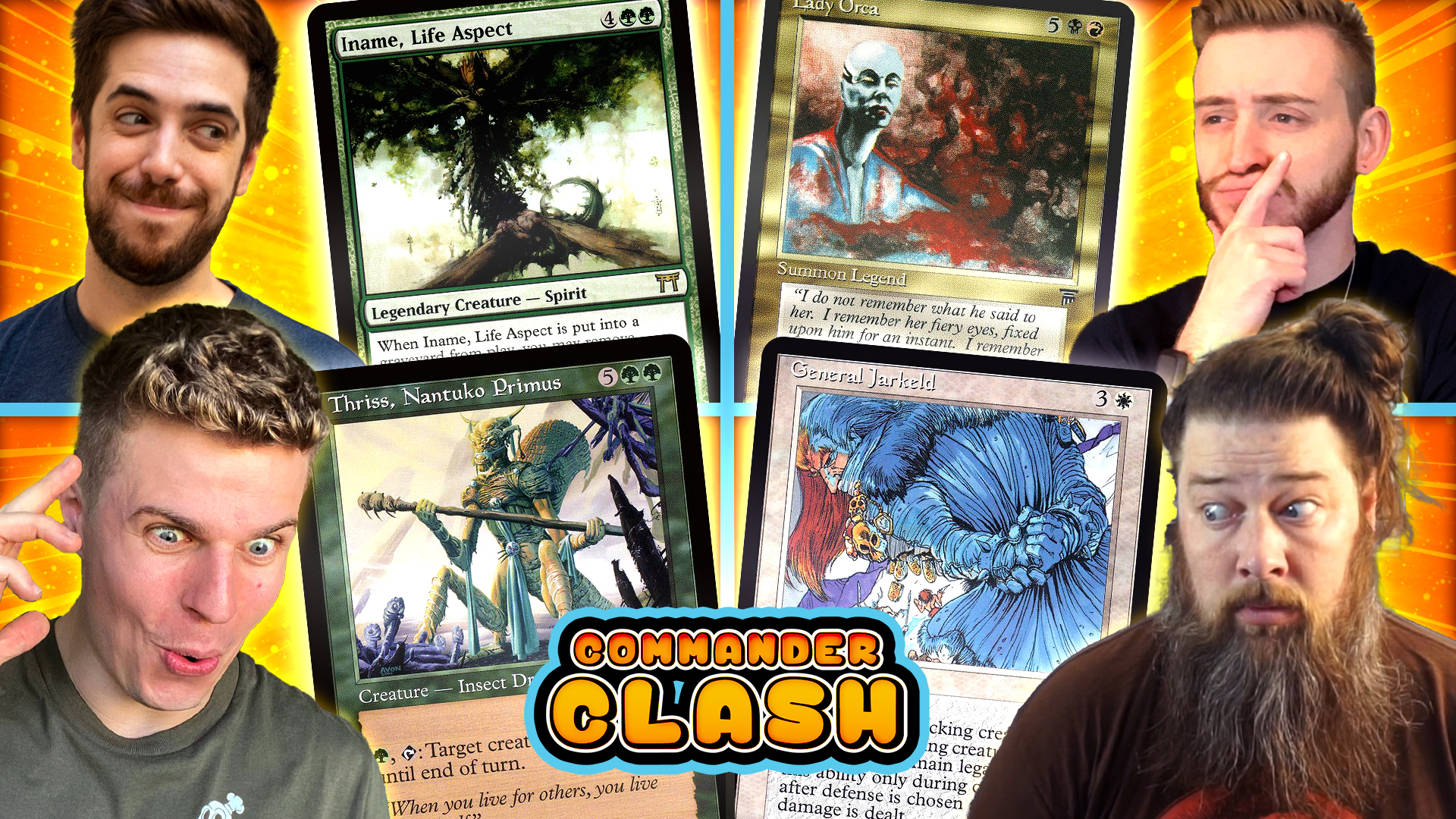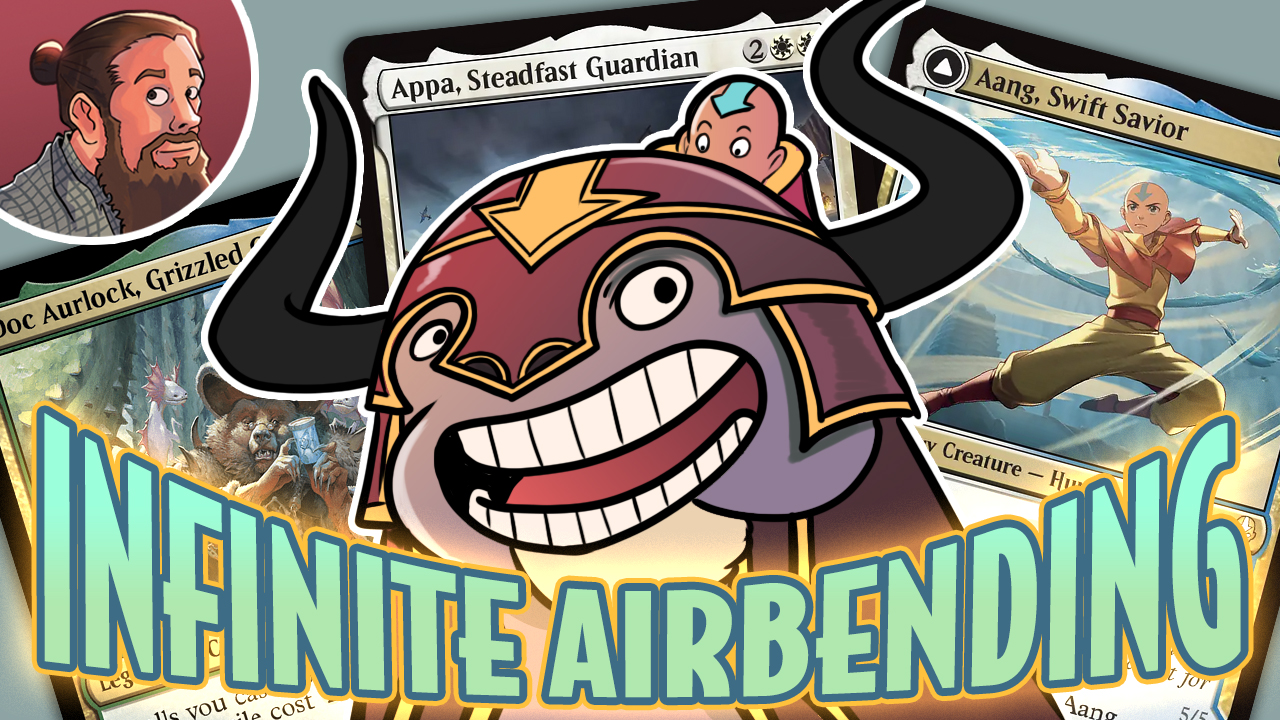The Financial Impact of BFZ: Full Art Basics, Shocks, Fetches and New Duals
At PAX Prime, Wizards hosted a Battle for Zendikar preview show which revealed a bunch of new mechanics, new Eldrazi and new Heroes. It also put on display a bunch of lands that will be available in the set. This includes a Standard-legal dual cycle, a unique reprinting of shocks and fetches in Zendikar Expeditions and full-art basics.
So today, we are going to focus on the Battle for Zendikar lands announcements from PAX, breaking down not only their impact on various formats, but maybe more importantly the financial ramifications of their printings. Then I'll be back in a day or two to discuss the rest of the spoilers, including Ulamog, the Ceaseless Hunger, Gideon, Ally of Zendikar, and a bunch of other sweet cards. Without further ado, let's start by talking about the land cycle that will have the widest impact on the game: the Standard-legal Battle for Zendikar duals.
The BFZ Slowlands





When it was revealed on MaRo's blog that we were not getting a fetchland reprint in BFZ (which ended up being an one of the half-truths Maro is famous for, but more on this later), the playerbase was justifiably worried about the quality of the BFZ land cycle. The last few new (non-reprint) land cycles have ranged from passable to "good only in Standard", but not much more. The scrylands were trashed pretty hard when they were spoiled two years ago — although over the course of time, they have proven themselves to be in the very good-in-Standard group. While it might not be obvious at first glance, this new land cycle, which I've been calling the slowlands (if you have a better suggestion, leave it in the comments), is both very good and extremely important to not just Standard, but Modern as well. Why are these lands so meaningful? They fit into a very exclusive group. A group that contains the two best non-fetch land cycles ever printed. The group of duals with basic lands types.



In our current fetch-filled Standard, these lands will be amazing. Remember when everyone said they wouldn't let shocks in the same Standard as fetchlands? Well, this is basically what they've done. While the slowlands rank slightly behind shocks simply because they give you less flexibility in the early game (you don't have the option of putting Sunken Hollow into play untapped on turn one to cast Duress), manabases of fetchlands and slowlands will quickly become the norm for the new BFZ Standard. Like scrylands, the slowlands seem to support midrange and control more than aggro since the opportunity cost of playing tapped lands early is much higher for decks like Atarka Red. Aggro has been performing just fine in a scryland Standard, so it seems unlikely that much will change on this front.
MaRo mentioned during the PAX show that the idea was to create duals that were very good for three color decks, but not all that great in four and five color decks; I think this goal was achieved. If you are playing a two or three color deck that can reasonably play (or fetch) basics on the first two turns, these lands are better than shocks in most aspects. Take for instance, Standard UB Control: You can fetch for a Swamp on turn one to cast Thoughtseize, an Island on turn two for Clash of Wills, and a Sunken Hollow on turn three for Dissipate and Hero's Downfall. If you were trying to sequence your plays in this manner with shocks, you'd be taking two extra damage at some point along the curve. On the other hand, if you are playing a two-basic manabase in a four color deck, the slowlands will almost always enter the battlefield tapped and shocks will generally be far better. For Standard, these lands could literally come into play tapped every time, but they would still be the premiere cycle of duals in the format due to their synergy with fetchlands. However, I might be even more excited about the slowlands for Modern.


In Modern, slowlands are not going to supplant shocks as the fetchable dual of choice, but they could show up alongside shocks in some builds. If you think about how shocks are played in the format, you'll see that the slowlands are really not that far behind in many builds. First off, most Modern decks play a not-insignificant number of basic lands, simply because Blood Moon is so punishing if you get too greedy. Skipping over decks like Affinity and Merfolk (that don't play a fetch/shock manabase anyway), here's a quick breakdown.
| Deck | Number of Basics |
| Splinter Twin | 6 |
| Grixis Control | 5 |
| Jund | 3 |
| Nacatl Burn | 0 |
| Infect | 2 |
| Scapeshift | 7 |
| Abzan | 4 |
| UW Control | 6 |
It is often beneficial to search out basics first when possible to play around Blood Moon. As for how shocks are actually played in the format, you typically see them enter the battlefield in one of four ways: First, shocks are played from your hand when you happen to draw them naturally. Here, in most cases, the ability to put shocks into play untapped when necessary gives them a clear advantage over the slowlands. Second, they are fetched untapped in the early turns. Again, this is a clear advantage for the shocks since even if you aggressively fetch basics, the slowlands won't enter the battlefield untapped until turn three at the earliest. Third — in a play that is synonymous with Modern — people fetch at the end of turn to put a shock into play tapped (to save the two damage). In this instance, there is absolutely no difference between shocks and slowlands at any point in the game. While it is true that having the ability to fetch for an untapped land is important — for instance, you have both Mana Leak and Go For the Throat in hand on turn two and you want to be able to react to your opponent's play if necessary, but fetch for a tapped land EOT otherwise — this can be minimized by playing a mixture of shocks and slowlands. If you need to cast your Mana Leak, you can search up Watery Grave, but if you don't, you can put a tapped Sunken Hollow into play at the end of turn. Finally, sometimes you want untapped mana in the late game to cast a Spinx's Revelation or win a counter war. In these instances, assuming you already have two basic lands, slowlands are strictly better than shocks since there is no need to pay life to get access to your mana right away.
The other thing I love about the slowlands in Modern is they provide a budget option that doesn't cost too many percentage points. While this might not be apparent right away (as Standard demand could keep slowlands at near shock prices), over the long term this cycle should give players a cost effective option to play a "real" (i.e. fetch for duals) Modern mana base at a fraction of the cost. This impacts some decks more than others. For instance, in UW Control you can literally play all KTK fetches (at about one-third the cost of ZEN fetches) and all slowlands (in the future, perhaps one-half to one-quarter the cost of RTR shocks) and lose almost nothing in terms of match win percentage. The new cycle also works with the Core Set buddy lands (e.g. Glacial Fortress) which further increases the budget mana base potential.
Financially, I expect the slowlands to end up costing more than scrylands, but less than shocks during their respective Standard lives. My expectation is that they start off in the $10 to $15 range during preorders and fall into the $5-$8 range as the set is opened and redeemed from Magic Online. By the time they rotate in 18 months, falling under $5 seems possible, or even likely, at which point they become the attractive budget option I was talking about a moment ago.
The moral of the story is don't underestimate the basic land types in the type-line. Up until now, there have only been two similar cycles printed: one is the best land cycle of all time, the other is the premiere non-fetch cycle in Modern. The pedigree is strong for the slowlands and I expect them to be very, very good. Speaking of lands ...
Zendikar Expeditions





Maybe the most exciting announcement from PAX was Zendikar Expeditions, a separate 45-card set which will be found in some booster packs of Battle for Zendikar and the yet-to-be-named second set of the block. All of the cards in this set are foil mythics and will all ten fetchlands, all ten shocks, and the five BFZ slowlands (as well as 20 unknown cards to be released during the second set of the BFZ block). As you can see in the pictures, all of the cards in the set are full art, and despite the slightly-odd-looking border, quite becoming.
The problem is these cards will be printed at a rarity similar to foil mythic rares, which ends up being slightly more than one per case (1 in 216 packs). This puts your odds of opening a Zendikar Expedition in any individual booster pack at about 0.5%. Furthermore, these cards will not be part of Magic Online redemption, a significant source of supply for foil mythics. A redeemed foil set is the equivalent of opening between 3,000 and 4,000 boosters as far as foil mythics are concerned. As such, these cards are going to be incredibly rare. Based on the 1 in 216 packs number put forth by Ben from SCG, one foil full art Scalding Tarn will be opened every 5,400 packs and one playset every 21,600. Others argue that even this is too low, that you only open one foil mythic every 288 packs. This means it takes 7,200 packs to open any individual Expedition card, and 28,800 packs to open a playset.
As a result, these cards are going to be super expensive. While all we have is speculation, my guess is that blue-fetches will start off somewhere between $250 and $400 each, non-blue fetches in the $200 range. Shocks closer to $100 and slowlands in the $50 range, but again, this is an entirely new situation, so these numbers could be significantly lower or higher.
Another scenario is that fetches are even more expensive because they immediately jump to the top of the "most pimp" list, which matters the most to Legacy players, Cubers and EDH aficionados. If it really is going to take 20K (or 30K) packs to satisfy one Legacy player's need to pimp out Temur Delver, there could be a universe where $2,000 to $3,000 is reasonable for a playset for the most in-demand fetchlands. Shocks and slowlands are less likely to see this bump; while they will still be in-demand for cube, Modern and Standard players are typically far less interested in spending hundreds (or thousands) of dollars to pimp out their decks. For Modern, this is an unfortunate side-effect of constant bannings which makes it pretty risky to spend big bucks pimping when the next B&R announcement could kill your pet deck.


All in all, these cards will by so rare and so expensive that they shouldn't have any impact on the current price of fetches and shocks. It's not like the Champs Promo Mutavault is holding down the Morningtide or M14 printing. Likewise, I don't expect these cards to have much of an impact on the average player other than increasing the lottery-like fun of cracking BFZ boosters and potentially the price of sealed BFZ product down the road. We talked on the podcast last week about how original Zendikar Fat Packs are currently selling for about $300 based on full-art basic lands and the lotto of opening fetches. With Battle for Zendikar, you'll get full-art basic lands and the chance to open full-art fetches. Most of us are unlikely to be willing to spend the requisite amount to play with these lands, and that's fine. Not every Magic product has to be for everyone, and Zendikar Expeditions are clearly for established eternal players and the cube/EDH community. Or Mark Zuckerberg. For the rest of us, we're just hoping to get lucky and open a copy or two that we can trade for cards we do want or need. On the other hand, Battle for Zendikar does offer offer another type of land that benefits the average player ...
Full Art Basics

If you've been wanting full art lands but have not been willing to pay the price, Battle for Zendikar gives you a window for getting in on these aesthetically pleasing lands on the cheap. Not only can you buy a fat pack and get all the full-art lands you'll ever need, but you should be able to pick them up as singles for $0.25 or less while the set is being opened. The long-term is more confusing. I expect that Battle for Zendikar will take the crown as "most opened set of all time," which means the supply of these basics will be massive. Plus, while player-base growth has still been positive in recent years, it has slowed significantly since the peak of the post-Zendikar boom. This means some number of players will already have their favorite basics and the BFZ lands probably won't be enough to get them to switch. So demand might be lower than it was for the original Zendikar basics.


Speaking of older full art basics, I don't expect Battle for Zendikar to do anything to the Unhinged or Unglued dual lands. While they might impact the original Zendikar lands slightly (more so for the ones with the same art, which will get hammered), it seems like the choice will really come down to art preferences, which is certainly not my area of expertise. If people are actually trading out of their Zendikar basics to buy Battle for Zendikar basics because they like the art better, the prices could drop a bit, but I'm not expecting the market to crash. The originals will still be significantly rarer than the Battle for Zendikar lands, so they should maintain their value.
Conclusion
I really want to share some of my thoughts about the other cards spoiled during the PAX stream, especially Gideon, Ally of Zendikar and Ulamog, the Ceaseless Hunger, but I think I'm going to have to save these cards for next time to avoid writing a book (I'm trying really, really hard to avoid writing 6,000 word articles these days). But don't worry, I'll be back in a day or two to break down the rest of the Battle for Zendikar spoilers. Until then, how expensive do you think the Zendikar Expedition promos will be? How does the art of the new full art basics compare to the original Zendikar? Are the slowlands Modern playable, or just very good in Standard? Let me know in the comments, and you can reach me on Twitter (or MTGO) @SaffronOlive.
Update (Sept 7, 2015): Enemy Man-lands!
Wizard's isn't done yet! They just spoiled a new enemy man-land in Lumbering Falls. MaRo later confirmed on tumblr that the enemy man-land cycle will be split between Battle for Zendikar and Oath of the Gatewatch.














